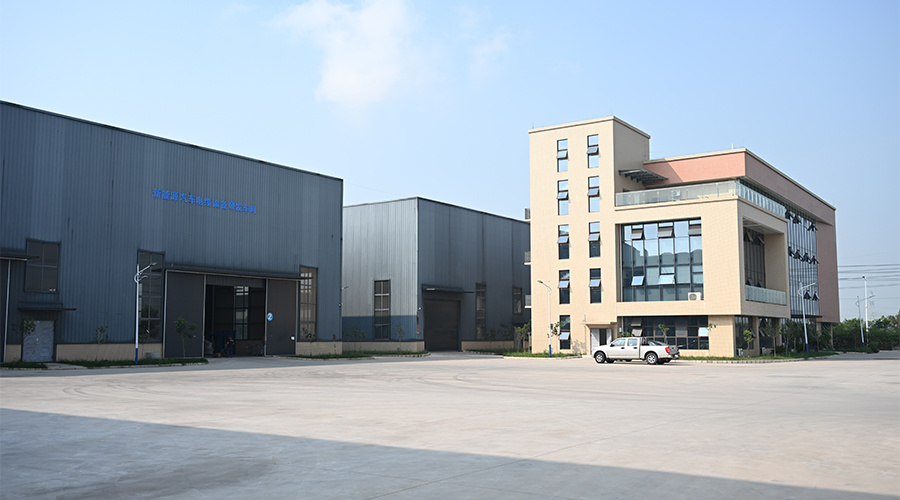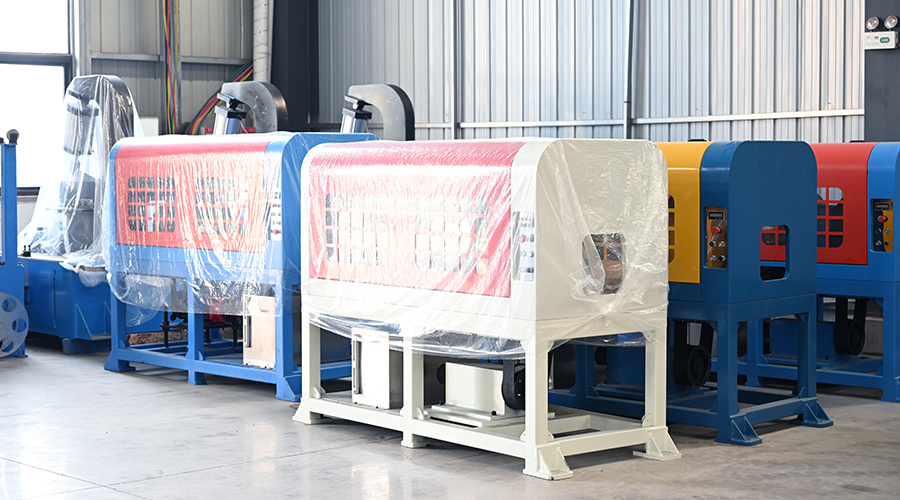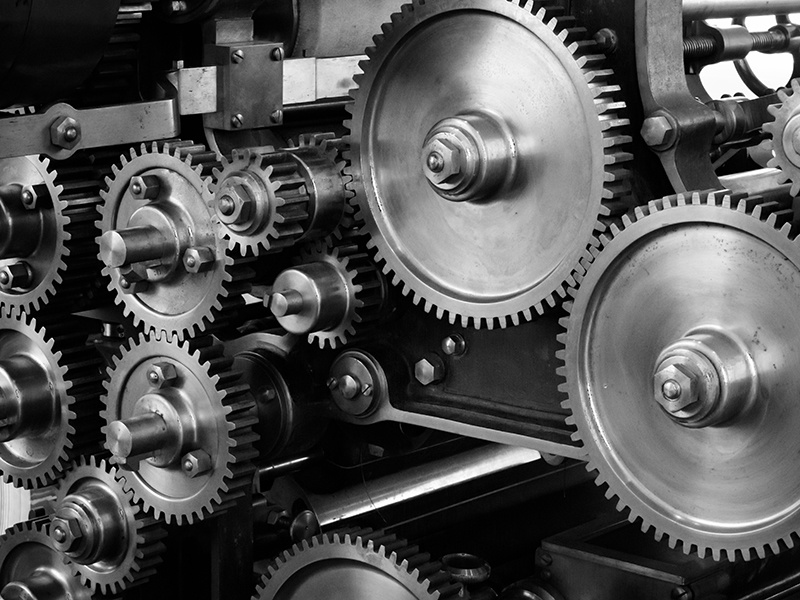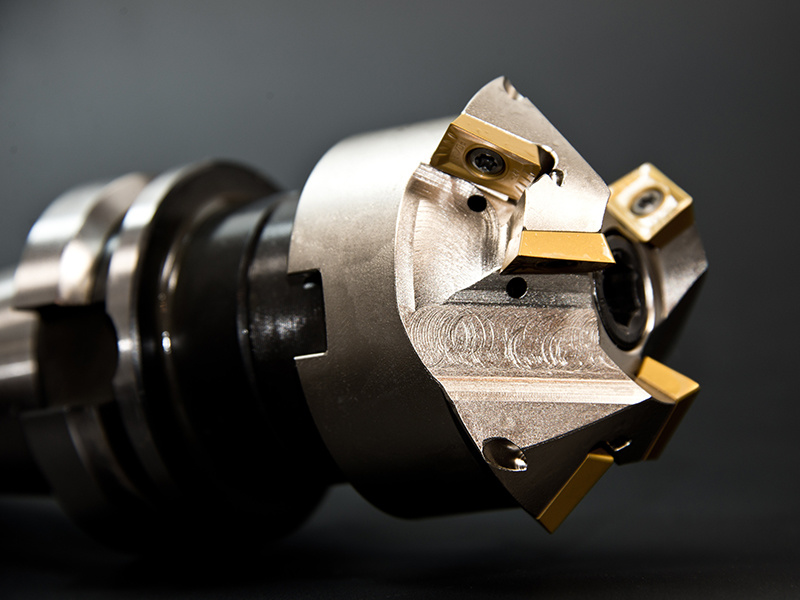
08
2023
-
03
Let's talk about precision machining!
Source:
CNC machine tools should pay special attention to the accuracy of processing when processing precision mechanical parts in batches. In order to ensure accuracy, what problems should we pay attention to when batch processing?
1. The poor machining accuracy of batch parts is generally due to the fact that the feed dynamics between the axes are not adjusted according to the error when the installation is adjusted. Or due to the use of wear, the machine tool each axis transmission chain has changed, can be readjusted and modified to solve the gap.
When the dynamic tracking error is too large and the alarm is given, you can check: whether the speed of the servo motor is too high, whether the position detection element is good, and whether the position feedback cable connector is in good contact. Whether the corresponding analog output latch and gain potentiometer are good, and whether the corresponding servo drive device is normal.
Second, the machining accuracy caused by overshoot during the movement of the machine tool is not good, which may be that the acceleration and deceleration time is too short, and the speed change time can be appropriately extended. It may also be that the connection between the servo motor and the lead screw is loose or the rigidity is too poor, and the gain of the position ring can be appropriately reduced.
3. The roundness of the two axes is out of tolerance
(1) Axial deformation of the circle
This deformation may be caused by the machinery not being adjusted well, and the positioning accuracy of the shaft is not good. Or improper compensation of the lead screw gap will lead to roundness error when crossing the quadrant.
(2) Oblique ellipse error
At this time, the position deviation value of each shaft should be checked first, if the deviation is too large, theposition ring gain can be adjusted to exclude, and then check whether the interface board of the resolver or induction synchronizer is adjusted, and then check whether the gap of the mechanical transmission pair is too large, and whether the gap compensation is appropriate.
The processing of non-standard precision parts has high precision requirements
The accuracy of the processing of non-standard precision parts mentioned here must be processed in strict accordance with the additional drawings, and the processing dimensions are qualified parts within the allowable range of error. Therefore, the requirement for machining precision parts is to process in strict accordance with the theoretical size.
For the processing of precision parts, there are strict requirements in terms of size, such as what is the diameter of the cylinder. Positive and negative errors are qualified parts within the specified requirements, otherwise they are unqualified parts. There are also specific and strict requirements for length, width and height, and positive and negative errors are also specified, such as an embedded cylinder, if the diameter is too large and exceeds the allowable error range, it will cause the situation that it cannot be inserted. If the actual diameter is too small and exceeds the lower limit of the allowable negative value of the error, it will cause the problem that the insert is too loose and not firm.
These are unqualified products, which are to be scrapped or reprocessed, which will inevitably lead to an increase in costs, therefore, it is very important to ensure the accuracy of non-standard precision parts processing.

Technological innovation

WeChat Public Number

Telephone:028-88302060

Mobile: 86 13008115780

Mobile: 86 18623429350

Address: No.29 Hengyou Road, Shaqu Street, Dayi County, Chengdu

Mailbox:cdlszl@163.com,cdlskjzq@163.com
Copyright© Chengdu Lianshi Technology Co., Ltd
SAF Coolest v1.3 設置面闆 QMMSX-ZGIJ-VVZWE-ZDF
無數(shù)據提示
Sorry, the current column has no content for the time being.!
You can view other columns or returnHome Page
V1.3.1 SVG圖标庫請(qǐng)自行(xíng)添加圖标,用div包起來(lái),并命名使用
- All
- Product Management
- News
- Introduction
- Enterprise outlets
- FAQ
- Enterprise Video
- Enterprise Atlas










